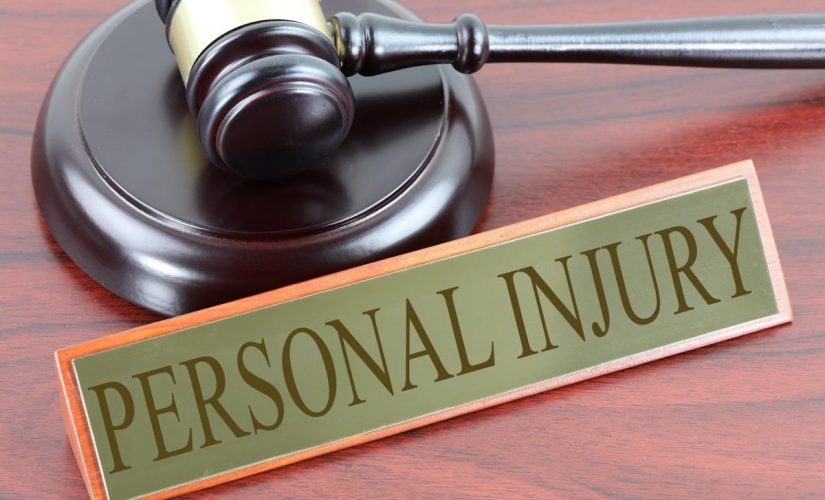Cerebral Palsy Compensation: A Comprehensive Guide
When a child is diagnosed with cerebral palsy, it can be a life-altering event for the entire family. The condition, which is often caused by medical negligence during birth, can lead to lifelong disabilities and require extensive medical care. In such cases, cerebral palsy compensation can provide financial relief and ensure the child receives the necessary care and support. This article delves into the intricacies of cerebral palsy compensation, its importance, and how to navigate the legal process.
Understanding Cerebral Palsy Compensation
Cerebral palsy compensation is a legal remedy available to families who have a child diagnosed with cerebral palsy due to medical negligence. This compensation aims to cover the costs associated with the child’s care, including medical expenses, therapy costs, and other related expenses. It also considers the emotional distress and pain suffered by the child and the family.
The Importance of Cerebral Palsy Compensation
The financial burden associated with cerebral palsy can be overwhelming. According to the Centers for Disease Control and Prevention (CDC), the lifetime cost for an individual with cerebral palsy can exceed $1 million. This figure includes direct medical costs and indirect costs such as lost income. Cerebral palsy compensation can significantly alleviate this financial strain and ensure the child receives the best possible care.
Navigating the Legal Process
Obtaining cerebral palsy compensation involves a complex legal process. It requires proving that the cerebral palsy was caused by medical negligence, which often necessitates expert testimony. Families should seek legal counsel from attorneys specializing in medical malpractice or personal injury law to guide them through this process.
- Case Evaluation: The first step is a thorough case evaluation to determine if there is a valid claim. This involves reviewing medical records and consulting with medical experts.
- Filing a Lawsuit: If a valid claim exists, the next step is to file a lawsuit against the negligent party. This could be a hospital, a doctor, or other healthcare providers.
- Negotiation and Settlement: Many cerebral palsy compensation cases are settled out of court. The attorneys negotiate a settlement amount that adequately covers the child’s needs.
- Trial: If a settlement cannot be reached, the case goes to trial. Here, evidence is presented, and a jury decides the compensation amount.
Conclusion
Cerebral palsy compensation plays a crucial role in securing a child’s future and ensuring they receive the necessary care and support. While the legal process can be complex and challenging, with the right legal guidance, families can navigate it successfully. It’s essential to remember that each case is unique, and the compensation amount will vary based on the specifics of the case.







